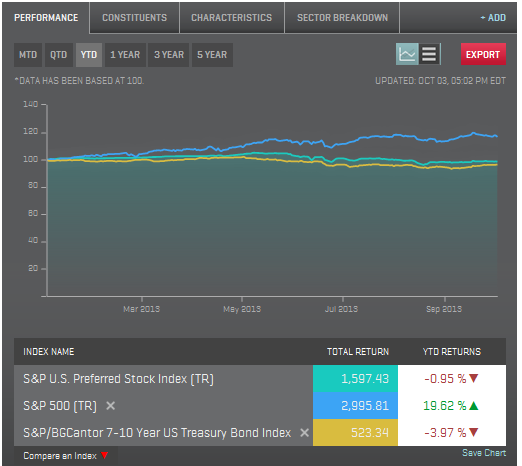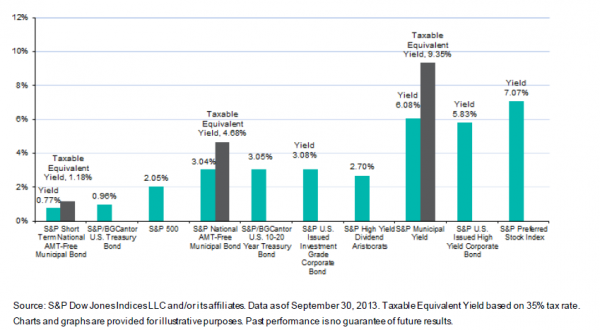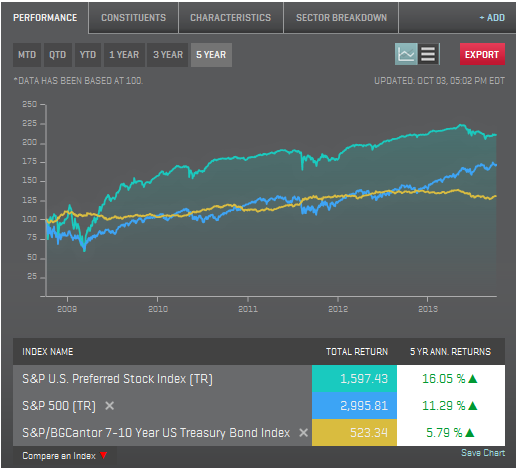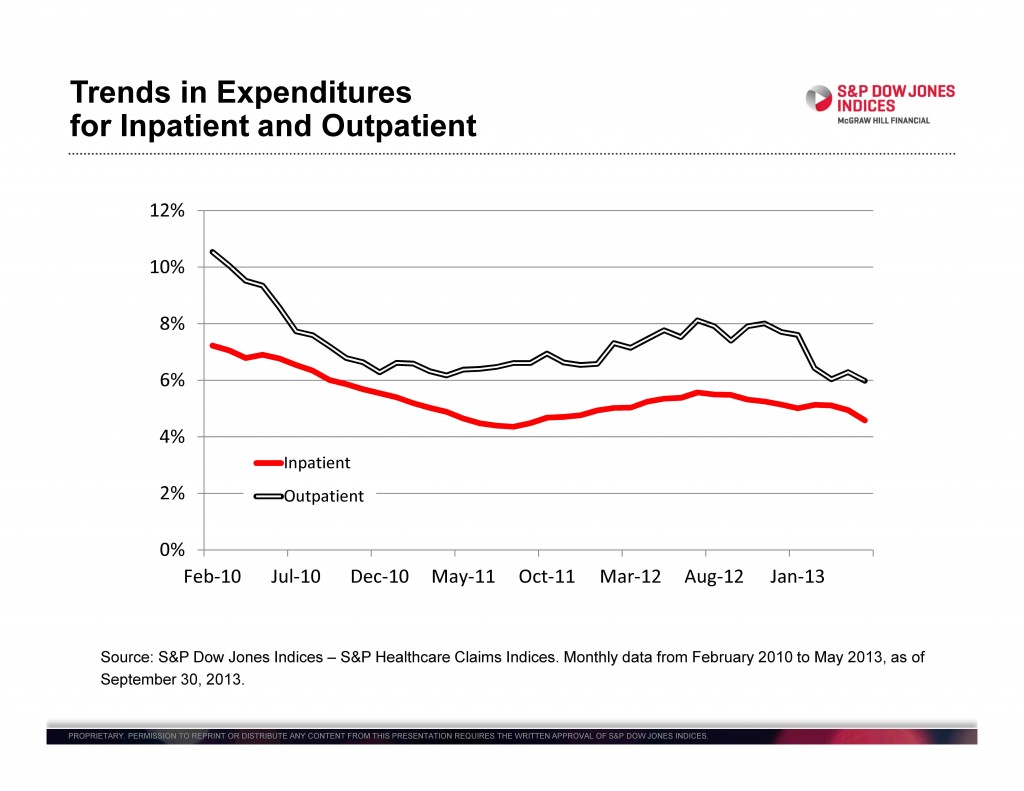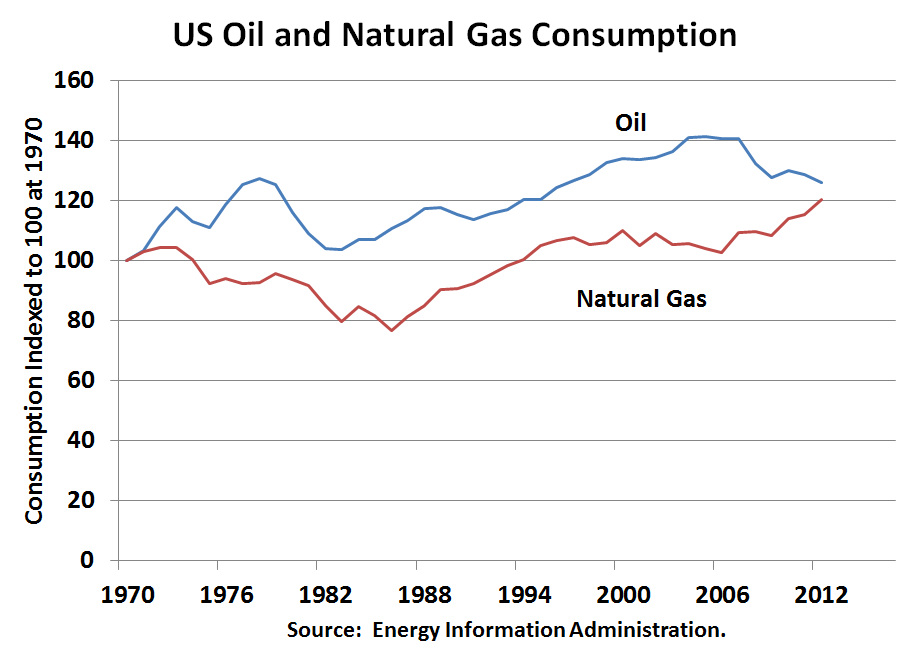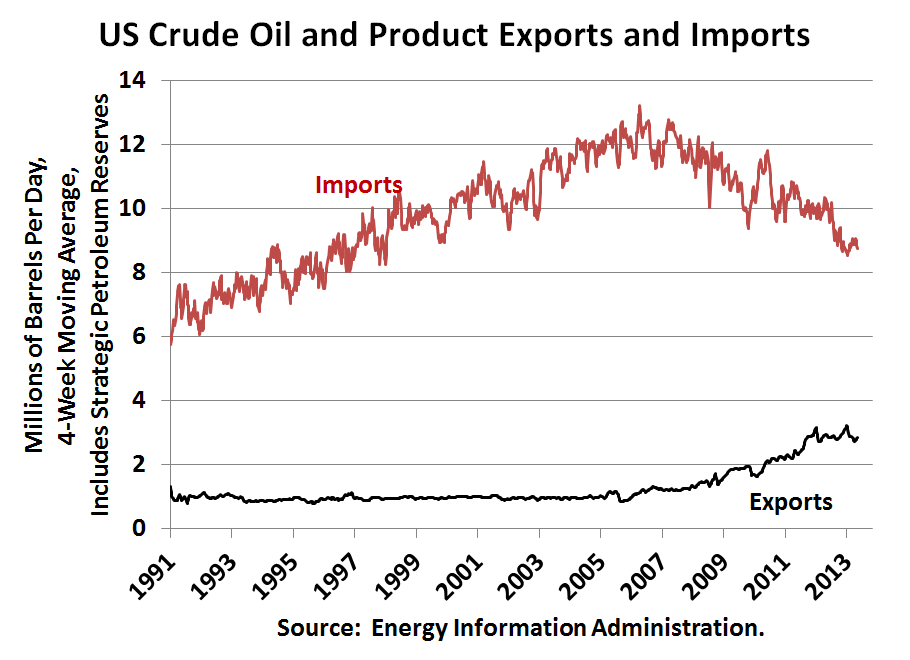The S&P GSCI® and Dow Jones UBS Commodity Index both fell in September, returning -3.4% and -2.6%, respectively.
Some highlights from the S&P GSCI® include:
- Energy: Despite losing 4.5% on the month, S&P GSCI Energy is up 3.8% for the year.
- Precious Metals: The S&P GSCI Precious Metals was the weakest sector in September, returning -5.3%.
- Agriculture: Grains were down 2.9% in September mainly due to corn’s 8.4% loss.
Read on for more S&P GSCI trends.
Explore our S&P GSCI offerings:
www.spdji.com/index-family/commodities/all
Some highlights from the DJ-UBS Commodity Index include:
- Industrial Metals: Industrial metals were up 1.6% for the month, with copper carrying the sector.
- Energy: Among subindices in the energy sector, unleaded gasoline declined the furthest, down 7.9%.
- Softs: With the exception of coffee, down 2.2%, all the commodities in the softs sector were positive in September.
Read on for more DJ-UBS Commodity Index trends.
Explore the DJ-UBS Commodity Index offerings:
www.djindexes.com/commodity/











































